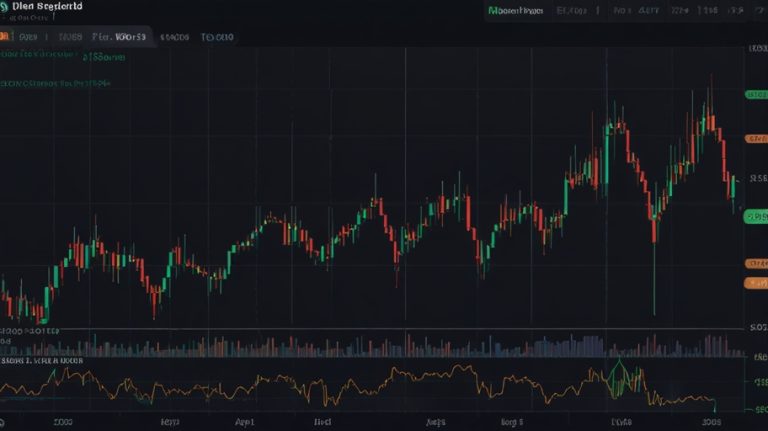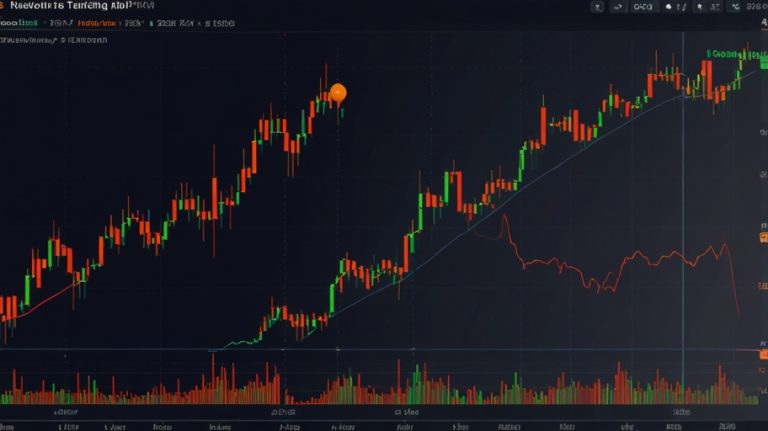LONDON — European fintech companies are entering the second quarter of 2025 with a renewed focus on profitability, compliance and cross-border expansion. The sector is adapting to higher interest rates, new regulations and shifting investor sentiment. Industry leaders and analysts say the era of rapid, venture-backed growth has given way to a more disciplined approach, with business-to-business models, regulatory technology and instant payments leading the way.
High Interest Rates Refocus Fintech Priorities
Sustained high interest rates are reshaping how fintech firms operate across Europe. Many companies are moving away from aggressive expansion and instead prioritising sustainable growth. According to an April report from MHP Group, 77% of European fintech leaders expect business growth in the coming year but prioritise profitability.
“The heady days of cheap money and a scale at all costs mindset have been replaced with a sharper focus on profitable growth, signalling the dawn of a more mature approach,” Nick Woods, head of financial services at MHP Group, said in the report.
B2B Models Attract Investors
Business-to-business fintech models are drawing increased investor attention as funding for consumer-focused startups remains tight. Companies providing enterprise solutions, including artificial intelligence-powered expense management and procurement tools, are seeing increased demand. The trend is especially pronounced in the CFO and treasury software space.
“B2B models offer stronger pricing power and defensibility. The B2C standalone approach is unsustainable in Europe’s fragmented market,” Bart Vanhaeren, chief executive officer of Investsuite, said in a previous interview.
U.S. IPOs and Mergers Drive Exits
Initial public offerings by European fintechs are increasingly taking place on U.S. exchanges, where investor appetite and liquidity remain stronger than in Europe. Mergers and acquisitions dominate exit activity, with North American acquirers accounting for more than half of total exit value. A March report from Avolta found that mergers and acquisitions represented 90% of transactions.
“U.S. exchanges attract 60% of EU fintech IPO candidates seeking higher valuations and investor appetite,” AlphaSense reported earlier this year.
Crypto and Stablecoins Enter Mainstream
This month’s full implementation of the Markets in Crypto-Assets regulation brings new clarity to the digital assets market. Technical standards and guidelines from the European Securities and Markets Authority are now in force. Regulatory changes are contributing to increased institutional adoption and product innovation.
“Add blockchain and digital assets in the equation; those will be fascinating times to be alive,” Alex Panican, deputy chief executive officer of the Luxembourg House of Financial Technology, said in an interview with Netokracija.
Instant Payments, Open Finance Gain Traction
The European Union’s Instant Payments Regulation, in effect since January, is transforming payments across the eurozone. By October, verification of payee checks will be required for all SEPA credit transfers. Open finance initiatives are also advancing, with new rules under discussion that would expand data sharing and user consent.
“24/7 availability revolutionises cash flow management but demands robust fraud detection tools,” Luca Vanni, payment expert at UniCredit, said in Treasury Management.
Regtech Adoption Climbs Amid New Rules
Regulatory technology is playing a larger role as financial institutions respond to new anti-money laundering requirements and the launch of the EU Anti-Money Laundering Authority in July. Updates to regulations such as MiFID II are also driving adoption. Companies specialising in compliance automation are expanding rapidly.
“Automating MiFID II and AML compliance isn’t optional—it’s a competitive edge in cross-border fintech operations,” Finextra Analysis reported.
Super-Apps Consolidate Financial Services
Fintech super-apps are gaining ground as users seek integrated financial experiences. These platforms increasingly integrate local services, such as energy and mobility, to differentiate themselves in a competitive market. The trend reflects a broader move toward seamless digital ecosystems.
“Users demand seamless ecosystems, not siloed products,” Balázs Gáti, product lead at Revolut, said in an interview with CFC.
Eastern Europe Emerges as Innovation Hub
Central and Eastern Europe are becoming essential centres for fintech innovation, supported by strong IT talent and agile regulation. The region is attracting investment and driving new developments in the sector. Market fragmentation and regulatory complexity remain challenges.
“It seems to me that this single market is not really functioning at all… many [initiatives] come from the top down, rather than solving the real problems fintechs face,” Nikola Škorić, chief executive officer of Electrocoin, said at the Money Motion 2025 conference.
Strategic business consultant Lorenzo Centi, who has advised multiple fintech scale-ups across Europe, said the current environment requires a new kind of leadership and vision.
“In 2025, the winners in European fintech will be those who can turn regulatory complexity into a competitive advantage, not just a compliance exercise,” Centi said in an interview for this article. “The companies that thrive will be those that see regulation as a catalyst for innovation, using it to build trust and unlock new markets.”
Centi also noted that the sector’s focus on cross-border expansion and digital infrastructure sets the stage for long-term transformation.
“European fintech is at a crossroads, where resilience and adaptability are the new currencies of success,” he said. “Firms that invest in scalable technology and prioritise seamless customer experiences are positioning themselves to lead the next wave of global financial innovation.”
Industry leaders say the sector is showing renewed confidence and discipline in 2025.
“The sense of optimism returning to Europe’s fintech sector represents more than just a shift in sentiment. After a challenging period, battle-hardened leaders are drawing on their hard-won wisdom to guide their growth strategies,” Woods said.
With a focus on sustainable growth, compliance and innovation, European fintech is expected to remain a key driver of the continent’s technology sector throughout the year.












 Bitcoin
Bitcoin  Ethereum
Ethereum  Tether
Tether  XRP
XRP  Solana
Solana  USDC
USDC  Cardano
Cardano  TRON
TRON  Lido Staked Ether
Lido Staked Ether  Avalanche
Avalanche  Toncoin
Toncoin